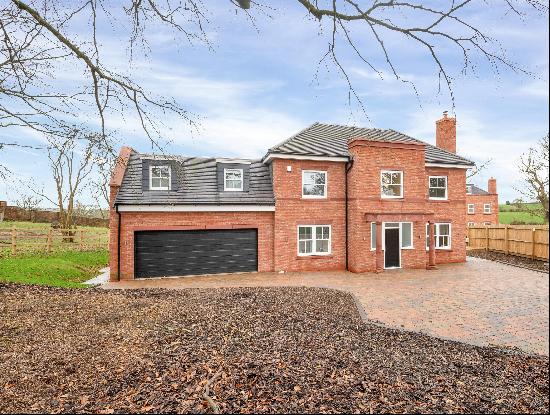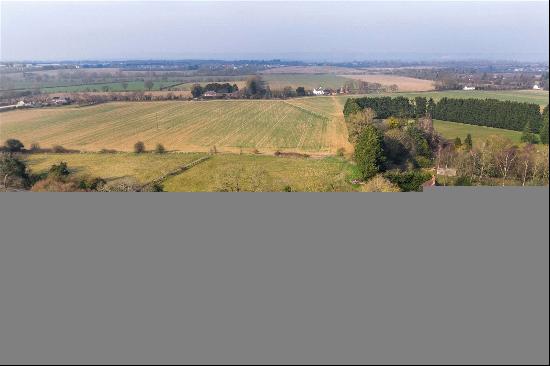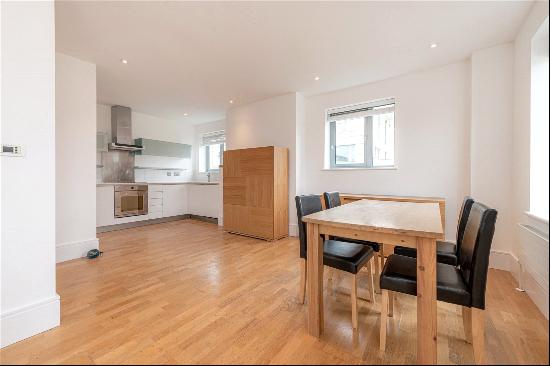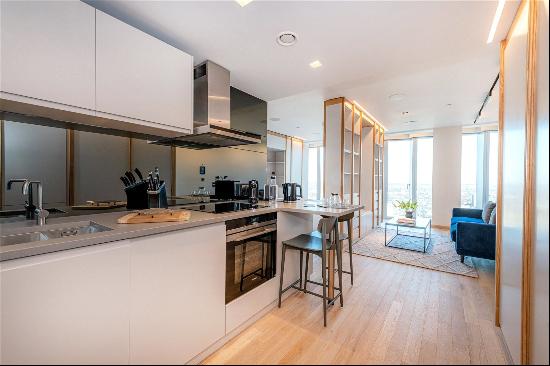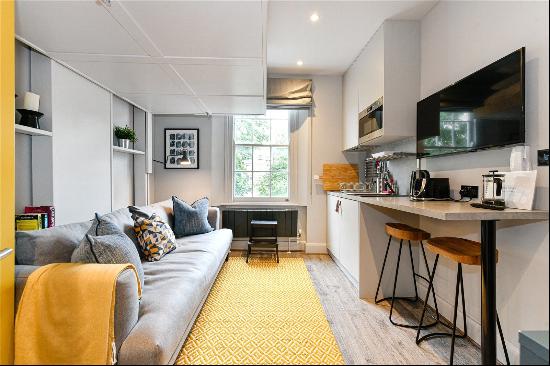
By Thea Hawlin
What is it about a garden wall that creates curiosity? There’s something alluring about greenery out of reach, enticing and unavailable. The lure of the forbidden is as ancient as Adam and Eve, and if we’re to believe Milton, Eden itself was a walled garden — in Paradise Lost, Satan looks over a “verdurous wall” to see the heavenly bounty within. The word “paradise” comes from the old Persian pairidaeza, an “enclosed place”, inspired by the country’s sixth-century walled gardens. Later in the Middle Ages, the concept of the hortus conclusus (Latin for “enclosed garden”) grew so popular that it became emblematic of the Virgin Mary and her body — a sacred, sealed space.
At their core, walled gardens provide a means of control, their boundaries creating a clear demarcation between the cultivated and the wild. Straight or curved, short or tall, decorative or protective: a wall ultimately provides shelter, a way to shield plants from the elements. This buttress of brick or stone also traps the heat of the sun, creating a microclimate that assists growth: it’s little wonder that they became popular in the UK.

Historically, sheltered botanical spaces have been the domain of the rich, prevalent in wealthy country homes, castles and monasteries. Constructing a barrier created a place where valuable flowers, vegetables, fruits and herbs could be grown away from the prying eyes of the public, as well as prohibiting animal intruders.
For centuries, the walled garden in England has provided fertile ground to experiment with “exotic” foreign species. In Cornwall, the Lost Gardens of Heligan even featured a Victorian pineapple pit that used heat from fresh horse manure to grow the tropical fruit. And in the 18th century, when designing the garden for Holkham Hall (main picture, top) in Norfolk, Samuel Wyatt used extra internal walls to form “squares” and “slips” that created and adjusted microclimates for each designated area.

With developments in technology during the Industrial Revolution, sophisticated heating systems could be used to further enhance walled structures — see Stackpole in Wales, where a coal-fired underground boiler allowed melons to be grown. A similar system of furnaces was built for Croome Court, Worcestershire, one of Britain’s largest Georgian walled gardens and an early commission for Lancelot “Capability” Brown. These “kitchen” gardens, as they became known, varied hugely in size — in 1844, Queen Victoria’s at Windsor was 31 acres.
In Frances Hodgson Burnett’s The Secret Garden (1911), our young protagonist reawakens an old walled garden. Trespassing becomes a catalyst: as she nurtures the garden back to life, it nurtures her in return. The walled kitchen garden fell out of fashion after the second world war but today it’s having something of a resurgence. It’s easy to see why there’s a revived interest, whether as a practicality — what’s not to like about growing your own vegetables? — or as a means of reconnecting with nature and encouraging sustainability. The historical walled gardens at many estates are now used to provide catering for their visitor cafés or to create local produce for the community.
Photography: Stephen Frost/Alamy




